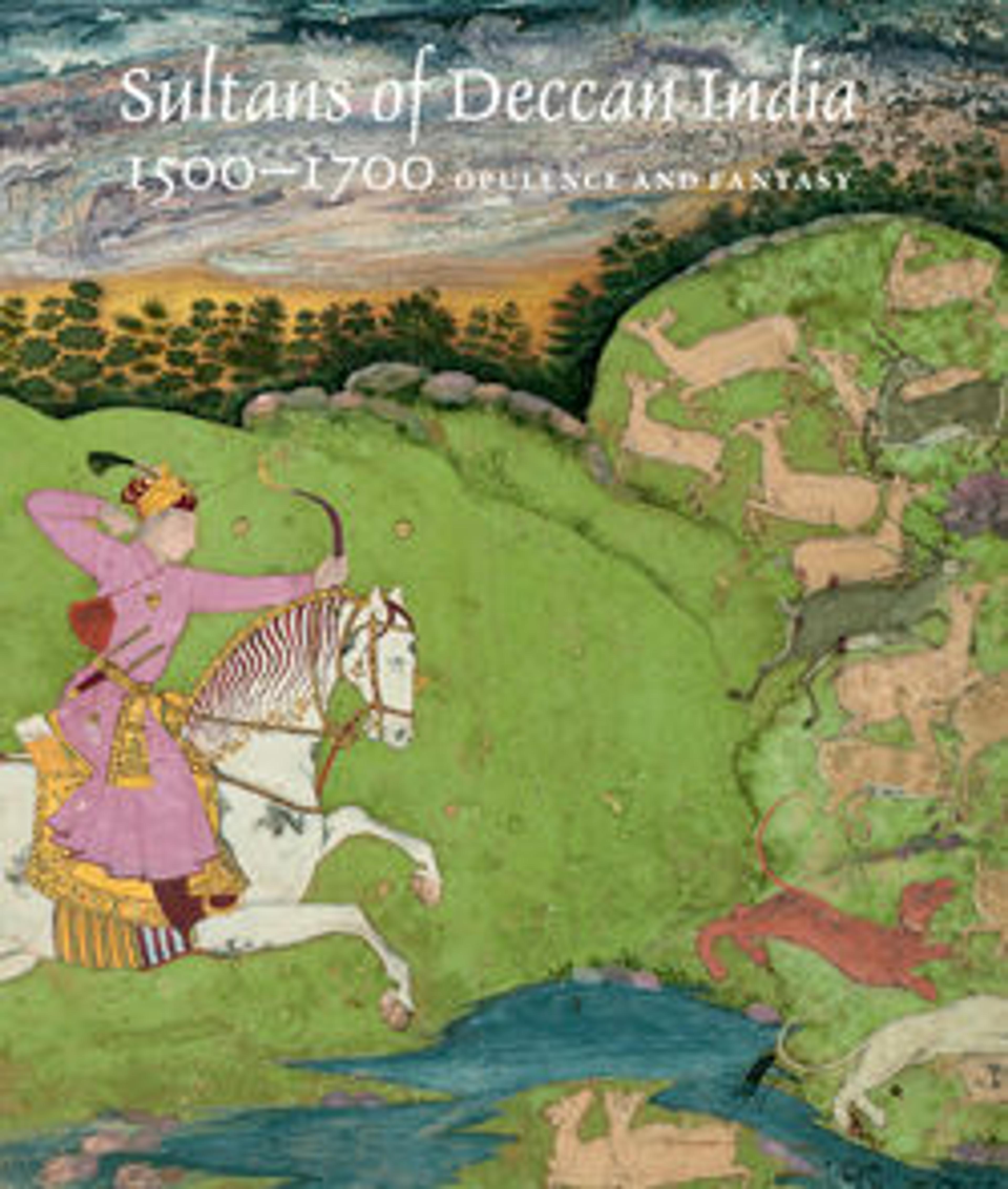Bezoar Stone with Case and Stand
Sought by European nobility, Goa stones are compounds of natural elements once thought to have curative properties. The ornate containers were believed to enrich the medicinal effects.
Artwork Details
- Title:Bezoar Stone with Case and Stand
- Date:17th century
- Geography:Attributed to India
- Medium:Container: silver; pierced, chased, and mercury-gilded
Goa stone: compound of organic and inorganic materials; mercury-gilded - Dimensions:Altogether: .1, .2a,b, .3:
H. 2 1/16 in. (5.2 cm)
Diam. 1 3/4 in. (4.4 cm)
Wt. 2.4 oz. (68 g)
Goa Stone: .1:
H. 1 3/8 in. (3.5 cm)
Diam. 1 1/4 in. (3.2 cm)
Wt. 1 oz. (28.4 g)
Case: .2a,b, together:
H. 1 7/16 in. (3.7 cm)
Diam. 1 7/16 in. (3.7 cm)
Wt. 1 oz. (28.4 g)
Stand: .3:
H. 1 in. (2.5 cm)
Diam. 1 3/4 in. (4.4 cm)
Wt. 0.4 oz. (11.3 g) - Classification:Metal
- Credit Line:Gift of Mr. and Mrs. Gordon S. Haight, 1980
- Object Number:1980.228.1, .2a, b, .3
- Curatorial Department: Islamic Art
More Artwork
Research Resources
The Met provides unparalleled resources for research and welcomes an international community of students and scholars. The Met's Open Access API is where creators and researchers can connect to the The Met collection. Open Access data and public domain images are available for unrestricted commercial and noncommercial use without permission or fee.
To request images under copyright and other restrictions, please use this Image Request form.
Feedback
We continue to research and examine historical and cultural context for objects in The Met collection. If you have comments or questions about this object record, please contact us using the form below. The Museum looks forward to receiving your comments.
